SUMMARY
This is AI generated summarization, which may have errors. For context, always refer to the full article.
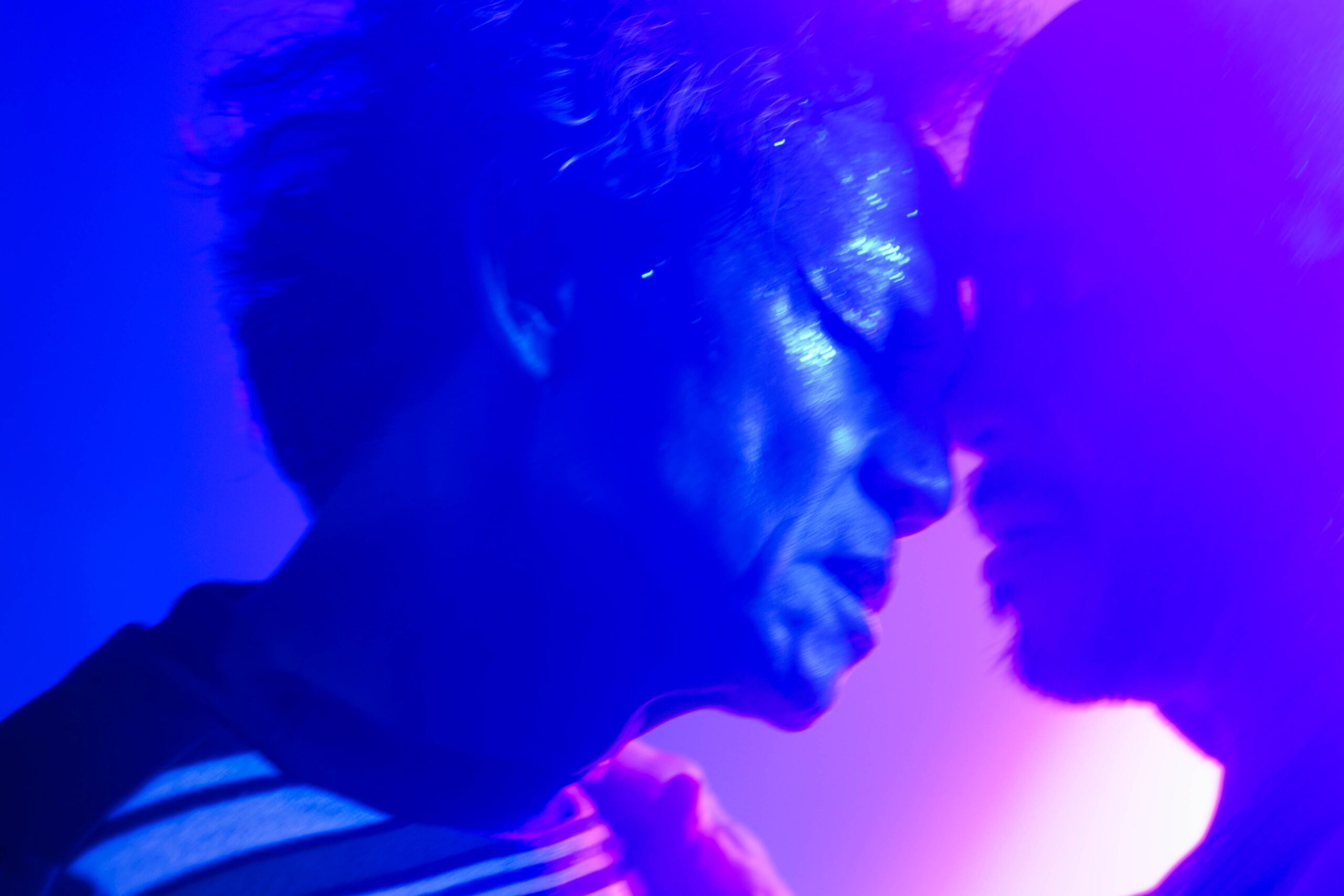
“Naabutan nga kami ng house lights (When we got back, the house lights came on),” Apa Agbayani told me over Zoom last year. At the time, he was recounting the Halloween weekend he had with friends after going to a rave, at a quirky, astrology-themed bar named Mood Ring in Bushwick, Brooklyn. For someone with a penchant for anything close to astrology, the bar, offering sign-based cocktails that vary according to the astrological calendar, seemed like a fitting space. That night, he went as Leslie Cheung in Chen Kaige’s Farewell My Concubine, complete with makeup and a sword, partying until the crowd wound down.
This after-hours experience felt like a scene straight out of Agbayani’s latest film Abutan Man Tayo ng House Lights, alternatively titled When the House Lights Come On, which marked the Filipino director’s debut at the QCinema International Film Festival last year and is now set to premiere at this year’s CinemAsia Film Festival as part of the short film program “dance baby dance,” curated in collaboration with Queer East.
“Yi Wang, one of the programmers from Queer East, emailed me inquiring about the film,” Agbayani said in a separate interview recently. “We sent it over and they selected it to play at both CinemAsia in Amsterdam this month and Queer East in London next month.”
Set in 2044, the film sees an adult gay man petering out of the Manila rave scene who runs into his mischievous ex-lover, an encounter that offers both characters inroads towards healing and moving forward. At once an excavation of queerhood and a second coming-of-age film set in a disintegrating city, Abutan Man Tayo ng House Lights is a perceptively seismic account that looks into the future by tracking the specters of the past.
Forging a visual lexicon

Those familiar with Agbayani’s work would note that, prior to Abutan Man Tayo ng House Lights, he has long been treading his own pathway as a director and storyteller. Under his belt are films like We Kept Warm (2021), which centers on a woman wrestling with grief and isolation by knitting “a sweater that never ends,” only to realize that she’s pulling at loose threads amidst a burning world, and Somewhere all the boys are birds, which premiered at last year’s NewFest: The New York LGBTQ+ Film Festival, about a young gay man who conjured the ghost of a long-dead Filipino movie actor. Perhaps more raw and intimate are his diaristic shorts like Kinikisskiss (2022) and we who are cities (2014). All of which examine shared themes of bottled-up grief, memory, and imagining worlds beyond as a response to larger forces, be it a global health threat or systemic hostility against queer populations, encroaching one’s space.
When he was not actively plotting his own cinema, Agbayani invested his creative energy elsewhere: directing music videos for independent artists like BP Valenzuela, Shirebound & Busking, and Karis Owen; serving as cinematographer for Keisha Kibanoff’s I Feel Tired (2014); working on commercials, producing stories for several publications, and co-writing films like Jorel Lising’s Pasan (2015) and Bianca Catbagan’s Letters to the Future (2014), both done during his time as a communication student at the Ateneo de Manila University.
These gestations, especially Agbayani’s experience as a music video director which has always been his dream “as someone who grew up on MTV and Myx,” shaped his craft and language as a filmmaker. “I owe so much of my visual lexicon to Sophie Muller, who’s been directing music videos for over 40 years, as well as to film directors who began in music videos, like Marie Jamora, David Fincher, Spike Jonze, and Michel Gondry,” he said.
“Making music videos taught me how to tell a story. They have their own visual grammar and narrative rules that are different from traditional narrative cinema, so that was always a fun place to begin building a story. I think it still very much informs my sensibilities.”
But Agbayani noted that he has also “grown a lot since then,” informing the changes in his directorial aesthetics. “I think I’m more interested in how people capture emotion. I definitely love directors like Andrew Haigh, Agnes Varda, Wong Kar-wai, and Nobuhiko Obayashi. I’m very drawn to films where you breathe the same air as the characters and you are pulled into something that might otherwise not matter to you. I think it was Roger Ebert who said that films are empathy machines. So I think I’m drawn to those who make the strongest empathy machines.”
Grappling with time
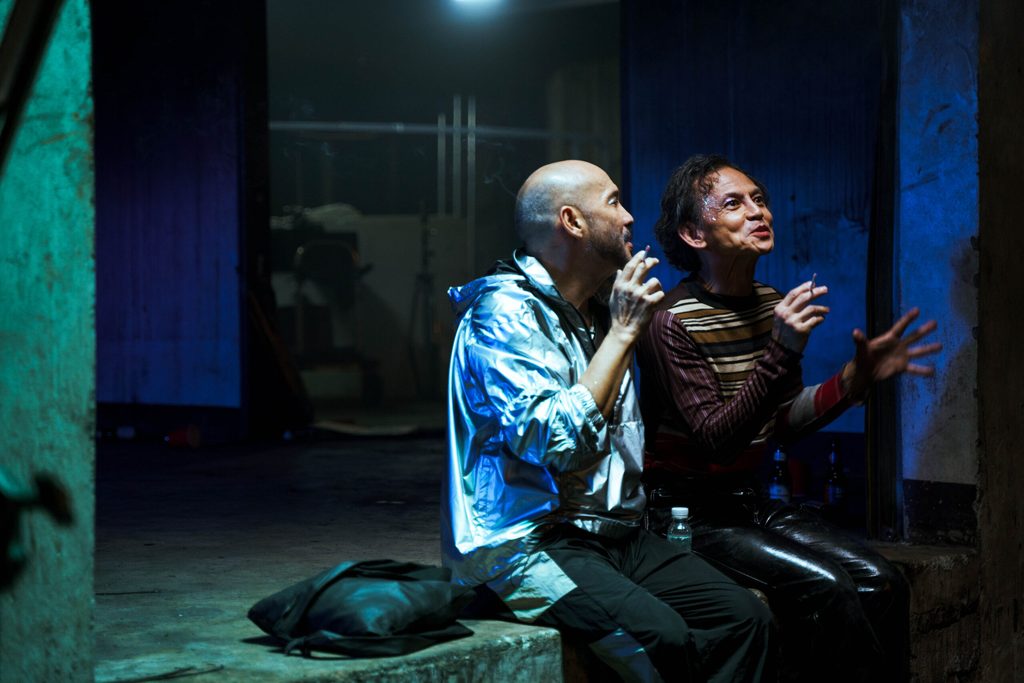
Agbayani first toyed with Abutan Man Tayo ng House Lights in 2021, right after creating We Kept Warm. “I wanted to write a script [that] I could do with just two actors and then maybe imagine the world around them as depopulated. And in the very first draft of the script, the characters were young, like they were in their 20s. And I think it was more about the opening and closing window of intimacy,” he said.
But the earlier version of the film had a remarkably different tenor to it, until Agbayani, upon returning to the project for his MFA in Film at Columbia University in 2022, decided to make the characters older.
“Doing that really sort of changed everything and kind of made everything fit better because the stakes didn’t seem to matter before when they were younger. Now that they’re in their 50s, it’s kind of like every decision that we make matters more now. And there’s a bit more finality to the ending,” shared the director.
This keenness on aging had something to do with Saturn return, an astrological transit often linked to turning into full adulthood, which “typically happens between the ages of 27 and 30 because that’s the time when Saturn returns to the place where it was when you were born,” as Agbayani put it. “When I pitched the film, I talked about how in the year 2044, I will be the same age as these characters. And so this is me also imagining and asking how to grapple with that age, that time. I went through my Saturn return a couple of years back.”
He added, “These characters are kind of at their second Saturn return, which happens like 30 years later. It’s another big shift and a big change in your life. So yeah, I’m wondering what my second Saturn return will look like. I go and do a film not with necessarily something to say, but many things to ask. That’s kind of how I entered the whole process.”
But Agbayani was also quick to point out that the film doesn’t have a one-to-one correspondence with any events of his life.
“It’s informed by the shape of the night, by strange reunions on the dance floor, by conversations smoking outside, by waiting together in the pale blue of dawn to see the sunrise,” he explained. “I find many of my life experiences to have potent emotional quality but no catharsis — a pandemic that forced us to confront ourselves in solitude; a longing for ghosts of lost queer luminaries; a situationship that plays on and on like techno, somehow already over, somehow never-ending. I write my way to catharsis. I look for the narrative form, the characters, the setting where these powerful emotions can be exorcized.”
Landing the perfect pair
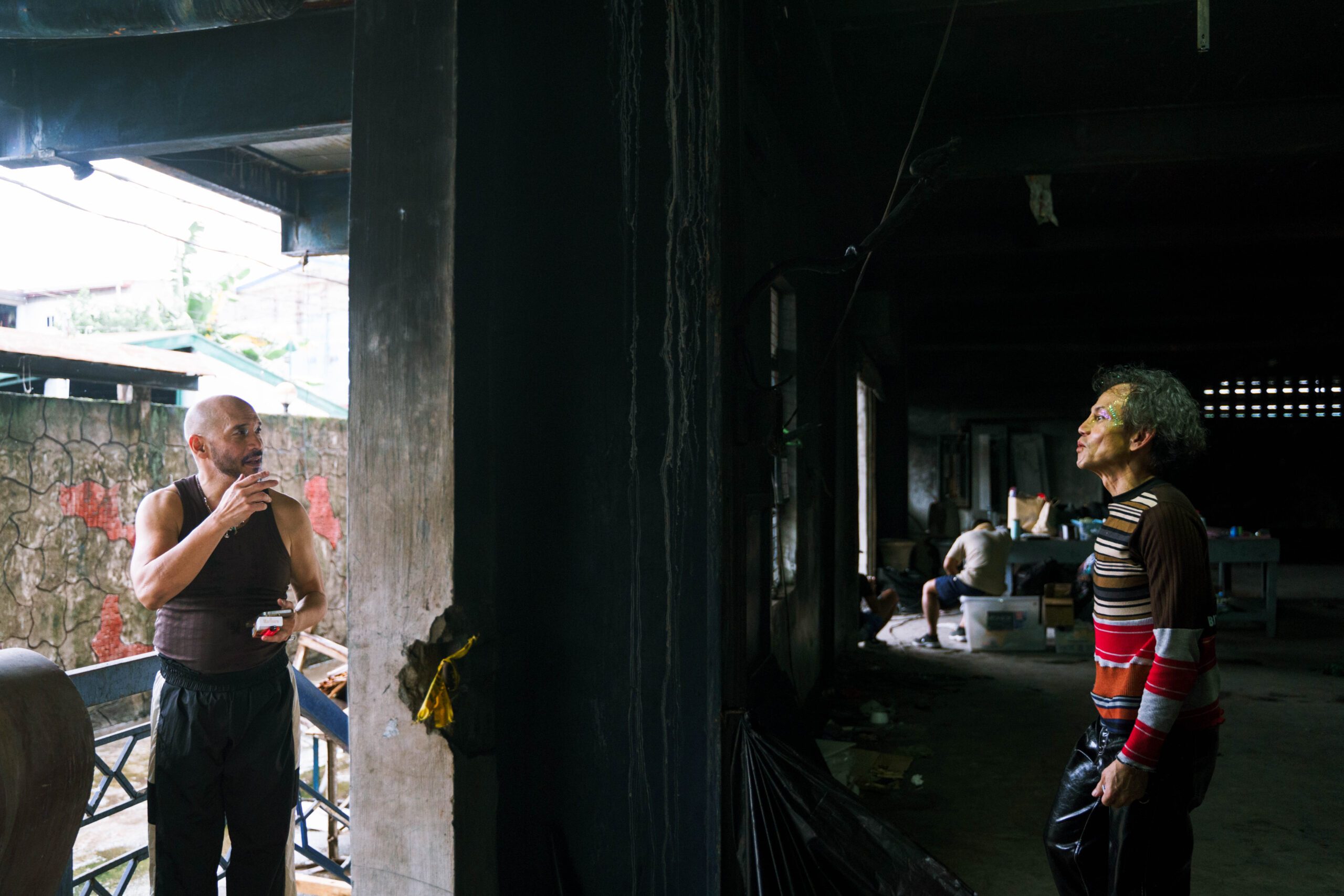
Agbayani found apt figures in Jon Santos and Bart Guingona to shoulder the film’s cultural and temporal weight: “We did a chemistry test in the final stages of casting, and I was like, ‘Eto na pasado na tayo sa chemistry test.’ I feel like they hear each other so well because they’ve known each other for so long and they’ve worked together many times already, and it felt like the perfect match.”
He also said that his relationship with Santos seemed so orbital.
“I asked him, ‘Do you remember when we met?’ And then he said, ‘I met you at Aura Salon in 1991, but we were separated by the belly of your mother,’” he recalled animatedly. “I see so much history in Jon Santos. I see a relationship with time that he has as an individual. He has so many stories, he remembers everything to the year. And so in that sense, I feel like Jon was the perfect person to carry the story, to carry the weight of this time.”
As for Guingona, Agbayani felt like he was “underrated like a late ’50s sex pot,” so the film also acts as a way of giving the actor his flowers.
“I think Bart was able to really capture that pilyo quality that I needed, that person who annoys you but there’s this attraction that you just feel to this person and you can never truly be fully annoyed at them because you were so drawn to them, and I think that played so well together.”
Finding the feeling together
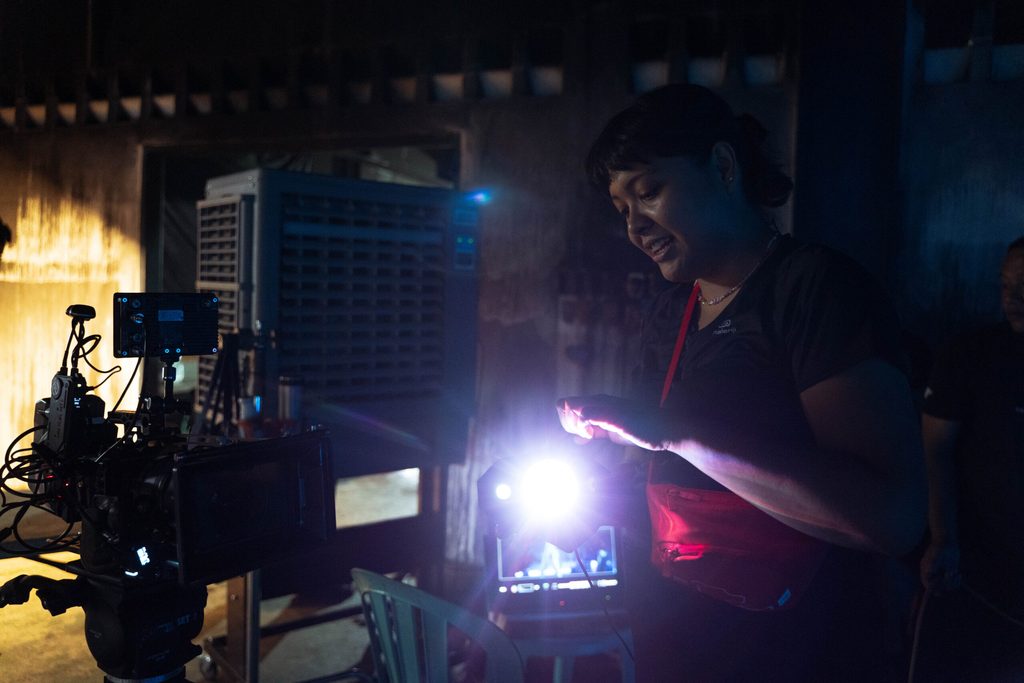
Agbayani sought many creative eyes to nail his vision for the film. Among them is Martika Ramirez Escobar, of meta action comedy Leonor Will Never Die, serving as cinematographer. The two have been working on different projects together since 2014.
“Marty’s the best. I could really feel her just investing time and thought into the film,” Agbayani shared. “She always pushes back at me to make it better, which I appreciate from all collaborators. She’s like, “I just had an idea. What if we do this?” And then I’ll come in with my input and we will come together at something that is better than I could have imagined. She’s one of the most collaborative, most creative cinematographers I’ve worked with ever.”
A big and magical moment in the film was the dance sequence, the hardest to crack, according to the director.
“In the initial cut, there was a slightly different voiceover, and it filled the entire space of the rave. I think the big eureka moment was when I was like, ‘Hold on, let’s watch the scene with the voiceover on mute.’ And then I was able to really see the scene breathe,” he said.
He added, “I knew how to talk about how a rave feels but it was so much harder trying to nail it visually and sonically. It was really a group effort: evocative future rave tracks from Jorge [Juan Wieneke V], then a few sessions with Madge [Reyes] to get Jon and Bart in their bodies, then it was Martika [Ramirez Escobar] really dancing with them with a camera and a shoulder rig, then it was Paolo [Abad] and Tony [Battung] spending weeks with me to lock that scene in the edit. I’d like to think we found the feeling together.”
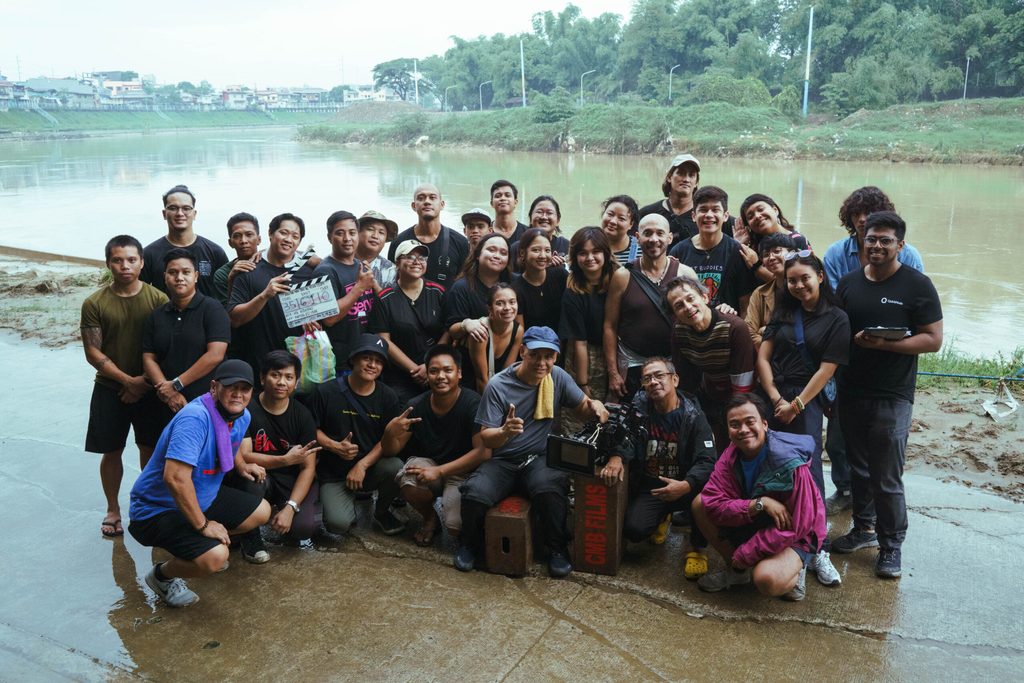
Throughout his filmography, Agbayani is bent on mulling over queer futures, and his approach, in its incredible deftness to portray loss and longing of varying severity, affords us the privilege to live with and through his characters’ private acts of emancipation, often rendered via a distortion of reality. This sense of emancipation again percolates through Abutan Man Tayo ng House Lights in ways that it extends grace to two queer lives caught in the throes of aging.
And when asked about how he locates his craft in the tradition of queer futurism, the filmmaker, now set to work on another short film and a possible feature, turns pensive.
“One of the things that lies beneath everything in the film is how queer people have a very different relationship with inevitabilities. Perhaps the threat of our extinction makes us more ready to face the end of times,” he said.
“I’m ready, to be honest!” – Rappler.com
Add a comment
How does this make you feel?










There are no comments yet. Add your comment to start the conversation.